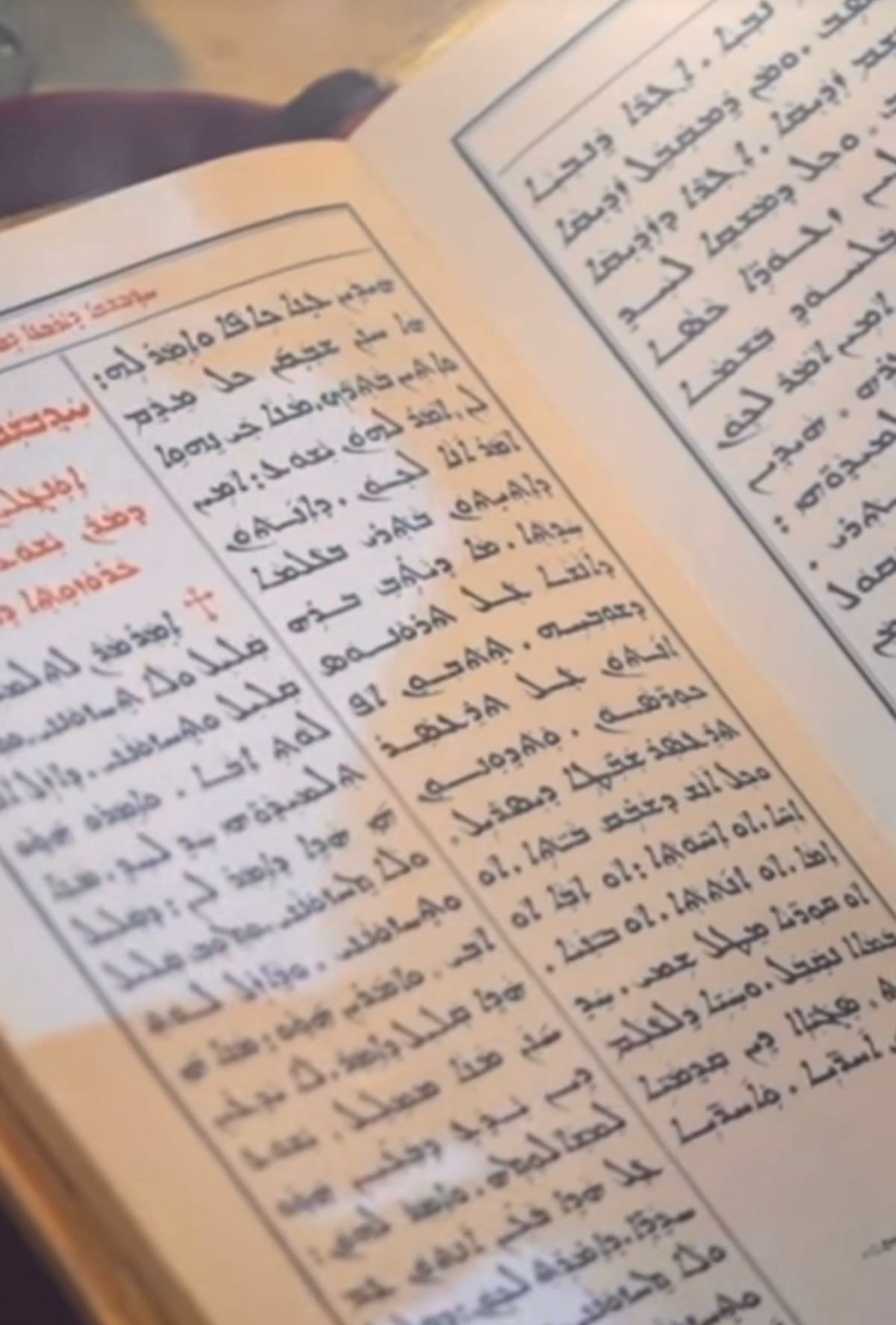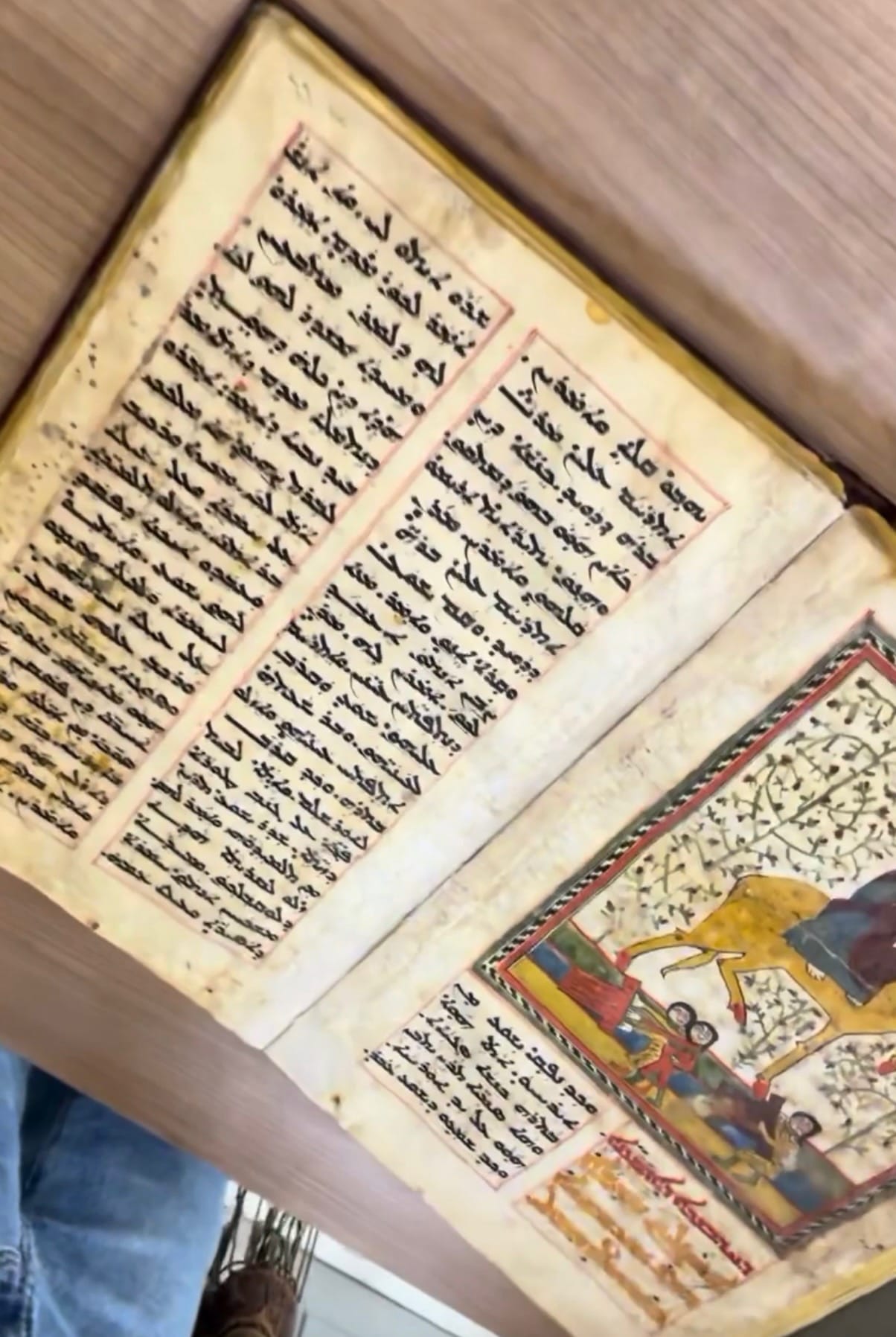Chaldean Neo-Aramaic: A Language in Danger

Chaldean Neo-Aramaic, one of the last living forms of the ancient Aramaic language, is officially classified by UNESCO as “definitely endangered.” In its Atlas of the World’s Languages in Danger (2010), UNESCO lists Chaldean Neo-Aramaic among the Northeastern Neo-Aramaic languages, noting that it is no longer being learned as a mother tongue by children in the home.

Once spoken by hundreds of thousands across the Nineveh Plains, Chaldean Neo-Aramaic served as the language of home, worship, and community. Today, fewer than 300,000 fluent speakers remain worldwide. Years of conflict, persecution, and migration have scattered Chaldean families and disrupted the natural transmission of their language.

According to the International Organization for Standardization (ISO), the recognized identifier “cld” stands for Chaldean Neo-Aramaic, confirming its status as a distinct language within the Aramaic family. Ethnologue and Glottolog likewise document it as an endangered Eastern Aramaic language, with declining use among younger generations.

Chaldean churches, schools, and cultural organizations around the world are now working to preserve the language through classes, media, and online learning. These efforts reflect a growing awareness that the survival of Chaldean Neo-Aramaic depends on continued daily use within the community.

Every word spoken in Chaldean connects a people to their ancient heritage - a living bridge between Babylon and the modern world.
